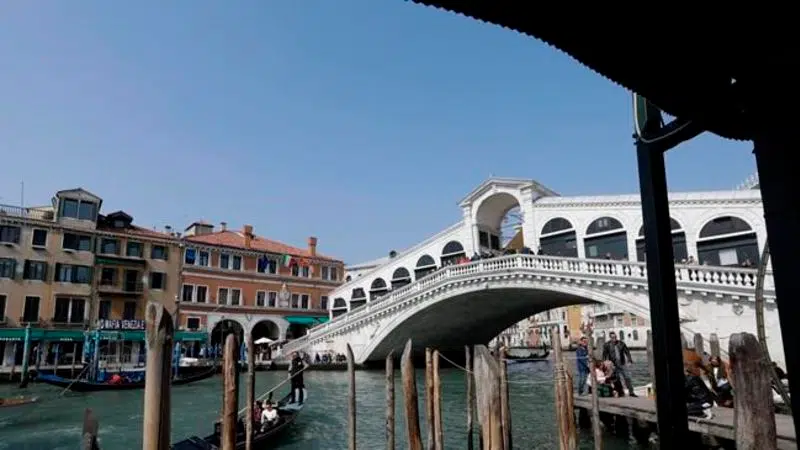
Notre Dame fire was a warning bell. But will Europe listen?
PARIS — It’s a thin line where the patina of age on Europe’s countless monuments gives way to the onset of neglect. Like with so many loved ones, all is assumed to be fine, until suddenly it’s not.
In the wake of the fire last week that gutted Notre Dame, questions are being raised about the state of thousands of other cathedrals, palaces and village spires that have turned France — as well as Italy, Britain and Spain — into open air museums of Western civilization.
If even an iconic building like Notre Dame could not be protected from devastation, if such a potent symbol of France had to scramble for maintenance funds, that lays bare a culture of apathy that can undermine a shared history as well as the multibillion-dollar tourism industry upon which much of Europe depends.


